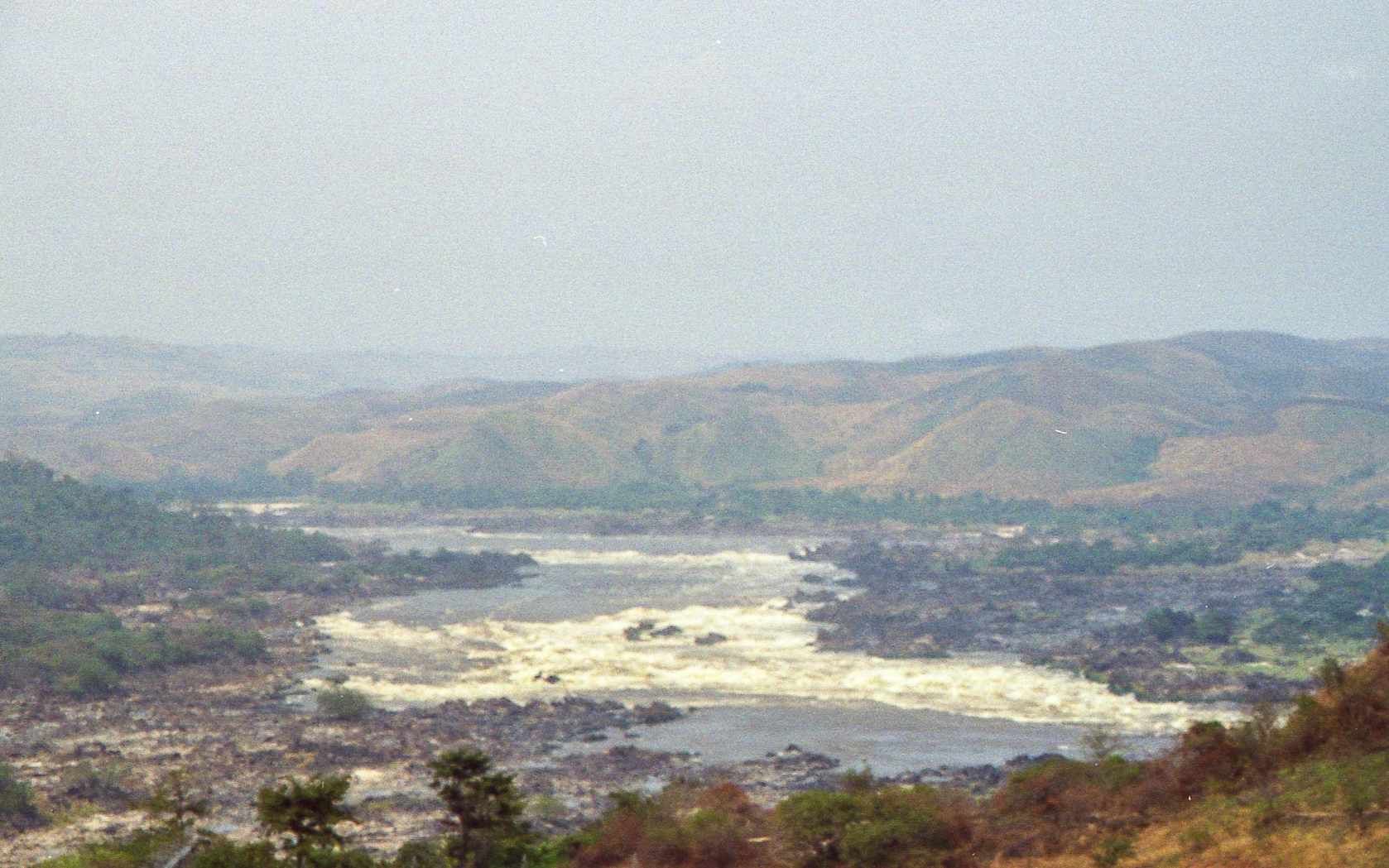|
Matadi–Kinshasa Railway
The Matadi–Kinshasa Railway is a railway line in Kongo Central province between Kinshasa, the capital of Democratic Republic of the Congo, and the port of Matadi. The Matadi–Kinshasa Railway was built between 1890 and 1898 in order to bypass the series of rapids and falls which hindered access from the South Atlantic Ocean to the Congo Basin. Its length is and it is run by ''Société commerciale des transports et des ports'' (SCTP) (until 2011, '' ONATRA''). The line reopened in September 2015 after about a decade without regular service. As of April, 2016 there was one passenger trip per week along the line and more frequent service was planned. History In the 1880s the exploration and exploitation of the Congo territory was carried out by the Congo Free State, which benefitted from hydrographic network of the Congo River. But between Matadi and Kinshasa (formerly known as Léopoldville), the river was not navigable, being barred by the Livingstone Falls, which fol ... [...More Info...] [...Related Items...] OR: [Wikipedia] [Google] [Baidu] |
Matadi Train Station (21236934082)
Matadi is the chief sea port of the Democratic Republic of the Congo and the capital of the Kongo Central province, adjacent to the border with Angola. It had a population of 245,862 (2004). Matadi is situated on the left bank of the Congo River, from the mouth and below the last navigable point before the rapids that make the river impassable for a long stretch upriver. It was founded by Sir Henry Morton Stanley in 1879. History Matadi was founded by Sir Henry Morton Stanley in 1879. It was strategically important because it was the last navigable port going upstream on the Congo River; it became the furthest inland port in the Congo Free State. The construction of the Matadi–Kinshasa Railway (built between 1890 and 1898) made it possible to transport goods from deeper within Congo's interior to the port of Matadi, stimulating the city to become an important trading center. Portuguese and French West-African commercial interests influenced the city's architecture and urban des ... [...More Info...] [...Related Items...] OR: [Wikipedia] [Google] [Baidu] |
Livingstone Falls
Livingstone Falls ( French: ''Chutes Livingstone''; Dutch: ''Livingstonewatervallen''), named for British explorer David Livingstone, are a succession of enormous rapids on the lower course of the Congo River in west equatorial Africa, downstream from Malebo Pool in the Democratic Republic of the Congo.Stanley, H.M., 1899, Through the Dark Continent, London: G. Newnes, Vol. One , Vol. Two Description Livingstone Falls consist of a series of rapids dropping in . They start downstream of Malebo Pool and end in Matadi in Bas-Congo. The Congo River has the second largest flow rate in the world after the Amazon, which has no falls or rapids (except near its sources). The lowest rapids of Livingstone Falls, therefore, are the world's largest waterfall in terms of flow rate — provided one accepts these rapids as being a waterfall. An interesting aspect of the long Livingstone Falls is the width of the channel. The channel is very narrow: in several stretches the channel wid ... [...More Info...] [...Related Items...] OR: [Wikipedia] [Google] [Baidu] |
.jpg)

